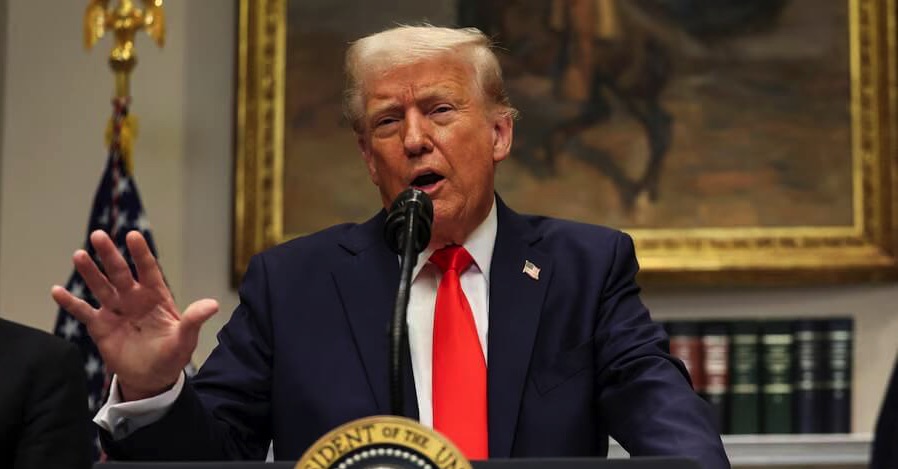Listen to the article:
KEY POINTS
1. Chinese Response to U.S. Tariffs – Lin Jian, a representative of the Chinese Foreign Ministry, asserted that American citizens are unlikely to support President Trump’s tariff policies, which he believes will ultimately fail. He emphasized that while China does not seek a trade war, it will defend its interests against U.S. threats.
2. Trump’s Controversial Presidency – Unlike previous presidents, Trump faces immediate criticism from opponents, who are quick to challenge his policies. His administration has reversed previous policies on gender diversity and has significantly altered the structure of governmental organizations.
3. Economic Challenges and Trade War – Trump is addressing the U.S. budget deficit by instigating a trade war with China, aiming to both constrain a geopolitical rival and pressure other nations into accepting new trade terms, despite the potential negative impact on U.S. consumers and exporters.
4. Public Sentiment and Protests – Public approval for Trump has fluctuated, with recent polls indicating a 50% disapproval rate. Protests against his policies have occurred nationwide, although participation has been relatively low, with only about half a million demonstrators across numerous events.
5. Economic Performance and Future Implications – Despite some economic indicators showing job growth and decreasing inflation, rising import prices from tariffs could lead to widespread public dissatisfaction.
6. Impact of Tariffs on Protests – Trump’s tariffs are expected to raise import prices and decrease US exports, potentially leading to widespread protests in the US as public sentiment shifts.
7. Federal Workforce Cuts – The layoff of 280,000 public employees under Trump has been framed by opponents as alarming, although historical precedents like Clinton’s cuts suggest such measures are not unprecedented or necessarily detrimental to government efficiency.
8. Internal Government Conflicts – Trump’s personnel changes face resistance not only from the opposition but also from within his administration, particularly highlighted by tensions between Elon Musk and Secretary of State Marco Rubio regarding staffing reductions in the State Department.
9. Budget and Political Strategy – Trump seems unwilling to make significant budget cuts, particularly in healthcare, as he prioritizes social stability ahead of upcoming midterm elections, fearing that dissatisfaction could empower Democrats.
10. Trade War Dynamics – Trump continues to escalate trade tensions with China and other countries, pursuing a strategy that risks alienating allies like the EU, which is responding with retaliatory tariffs and moving closer to China amid ongoing negotiations.
Read the full article here (PDF): Trump in the Midst of a Worldwide Trade War and Domestic Problems

Author: Giancarlo Elia Valori – Honorable de l’Académie des Sciences de l’Institut de France, Honorary Professor at the Peking University







